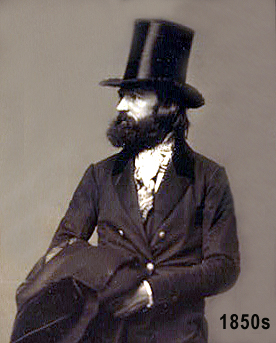
Overseer and enslaver Įpps was an overseer on the Oakland Plantation (now the site of Louisiana State University of Alexandria). The eldest, John was not living with the family in 1860. By 1843, he married Mary Elvira Robert, with whom he had children: John (b. Personal life Įdwin Epps was born in North Carolina around 1808. On January 3, 1853, Northup left Epps's property and returned to his family in New York. He was the third and longest enslaver of Solomon Northup, who was kidnapped in Washington, D.C. Twelve Years a Slave is a fact-checked view of the United States' most horrifying institution.Edwin Epps (1808 – March 3, 1867) was an enslaver on a cotton plantation in Avoyelles Parish, Louisiana. Solomon Northup's story was the rarest of slave narratives and one that deserved to be seen as more than anti-slavery propaganda. Eakin tracked down records to confirm Northup's story - from the Lousiaian ship's manifest to hospital records, as told by the BBC. A 2013 film of Solomon Northup's life, Twelve Years a Slave, directed by Steve McQueen, renewed interest in his story. Solomon Northup's narrative might never have been heard by a contemporary audience if it weren't for the work of Louisiana historian Sue Eakin, who, in 1968, co-edited a new edition of the memoir. It is not known when or how he died - his grave cannot be located. After that, Northup lived the rest of his life in relative obscurity, with the last known mention of him being in an 1857 Canadian newspaper.

EDWIN EPPS BORDERLINE PERSONALITY DISORDER 12 YEARS A SLAVE FREE
It was only after Ford arrived at the plantation that Solomon Northup was let free from his noose.Īfter the print of his book, Solomon Northup did a lecture circuit of his life story and produced two stage plays about his experience, and according to NPR, there's evidence that he might have aided the Underground Railroad.

To that conclusion I have never since arrived," Northup said of the horrifying torture. "During the whole long day I came not to the conclusion, even once, that the southern slave, fed, clothed, whipped and protected by his master, is happier than the free colored citizen of the North. Tibeats fled the scene, leaving Northup bound under the hot sun for hours. Chapin reminded John Tibeats that he would owe Ford a mortgage if Northup was murdered. As they looked for a tree from which to hang Northup, Chapin, the field overseer, walked up carrying a pistol in each hand. In retaliation, Tibeats, along with some local enslavers, attempted to lynch Solomon Northup and tied a noose around his neck and bound his limbs. Tibeats, in an altercation about nails at a construction site, tried to whip Northup, but Northup physically restrained him and stepped on his neck, something almost unheard-of for an enslaved person. John Tibeats (who was likely named John Tibaut) was an especially cruel man.

However, Northup was only enslaved by Ford for about a year. Northup was describing an institution in which not every enslaver was irrevocably evil: "It is not the fault of the slaveholder that he is cruel, so much as it is the fault of the system under which he lives," Northup maintained. It is this particularly generous characterization of Ford that was striking to readers of Northup's memoir. Northup described the intensely Christian Willam Ford as a "model master" - one who avoided unwarranted beatings, who read scripture to those he enslaved each Sunday, and offered praise for his carpentry. Northup was then purchased by a man named William Ford and taken to the Red River region of Louisiana. "Never have I seen such an exhibition of intense, unmeasured, and unbounded grief," Solomon Northup recounted in his book. When the enslaved men and women were cured of their near-fatal illness, Northup witnessed the horrific separation of Eliza and her two children, who had been sold to different enslavers. Before the auction, Northup and many aboard the ship contracted smallpox and were hospitalized, as records confirm.


 0 kommentar(er)
0 kommentar(er)
